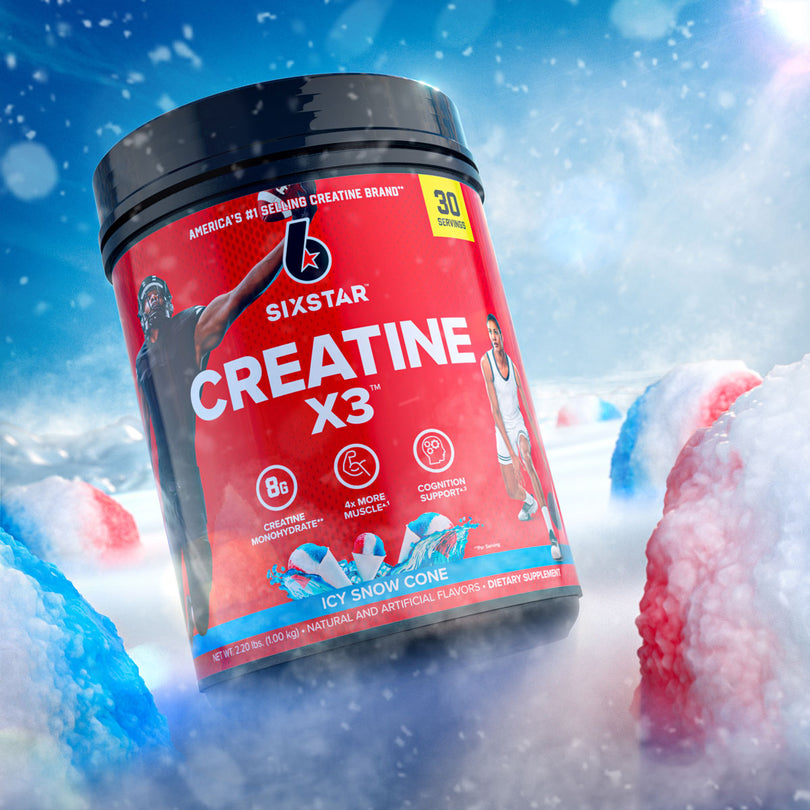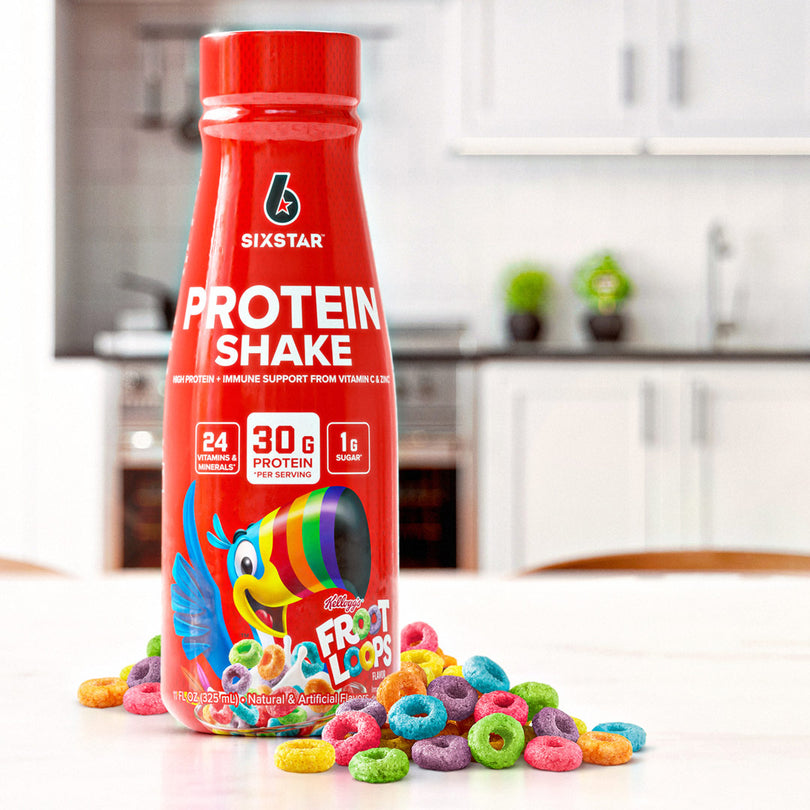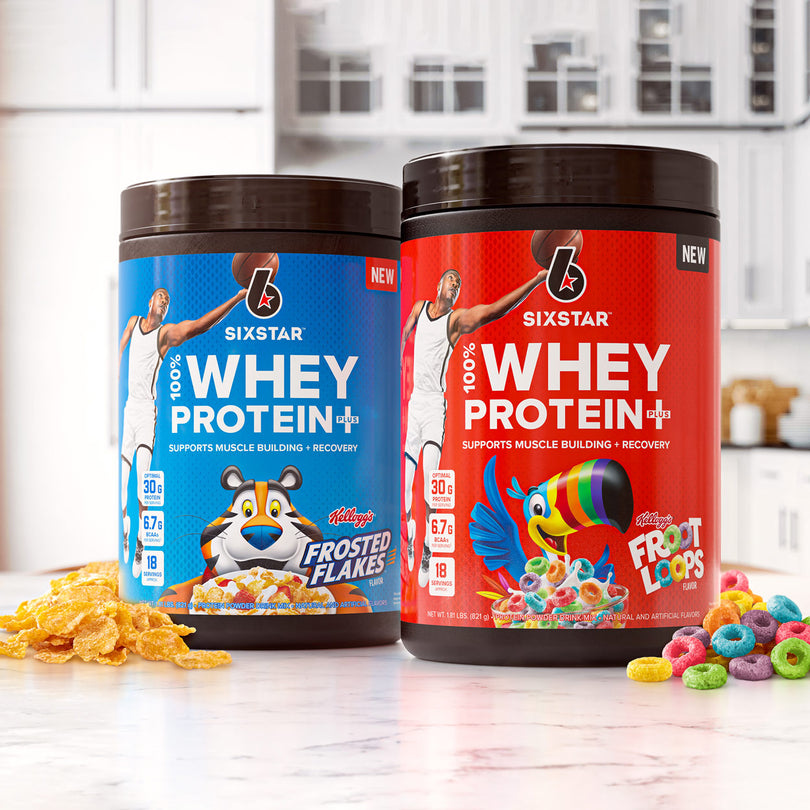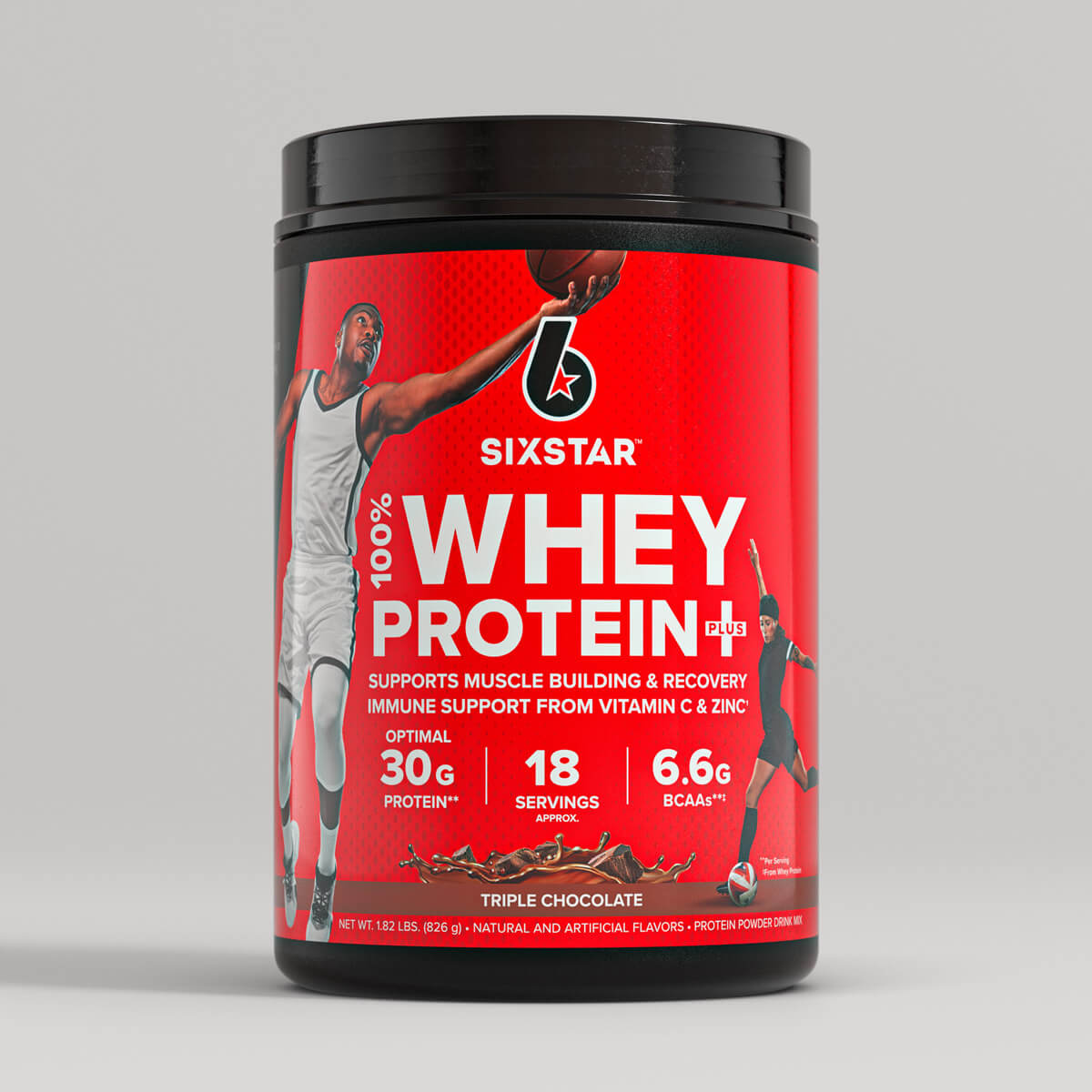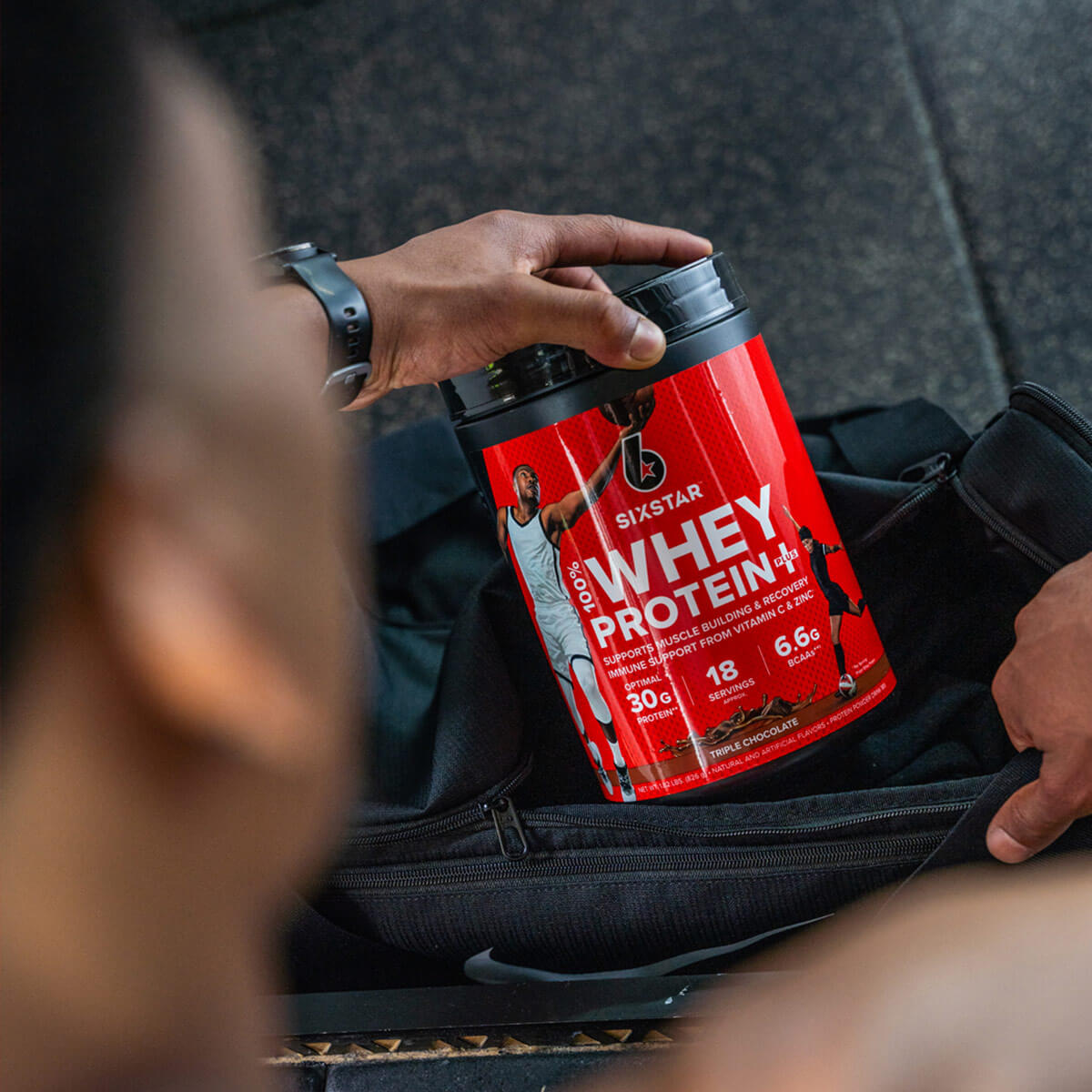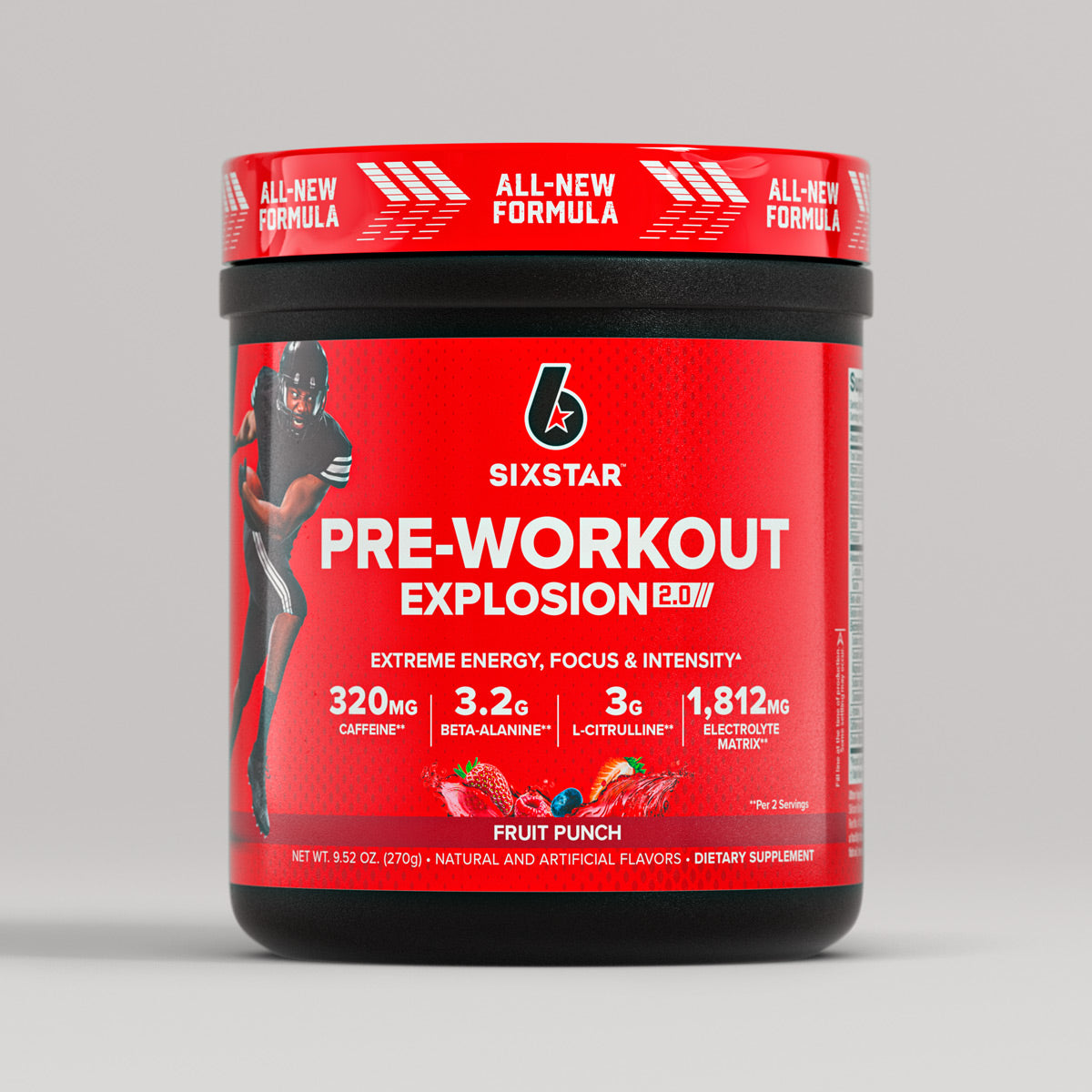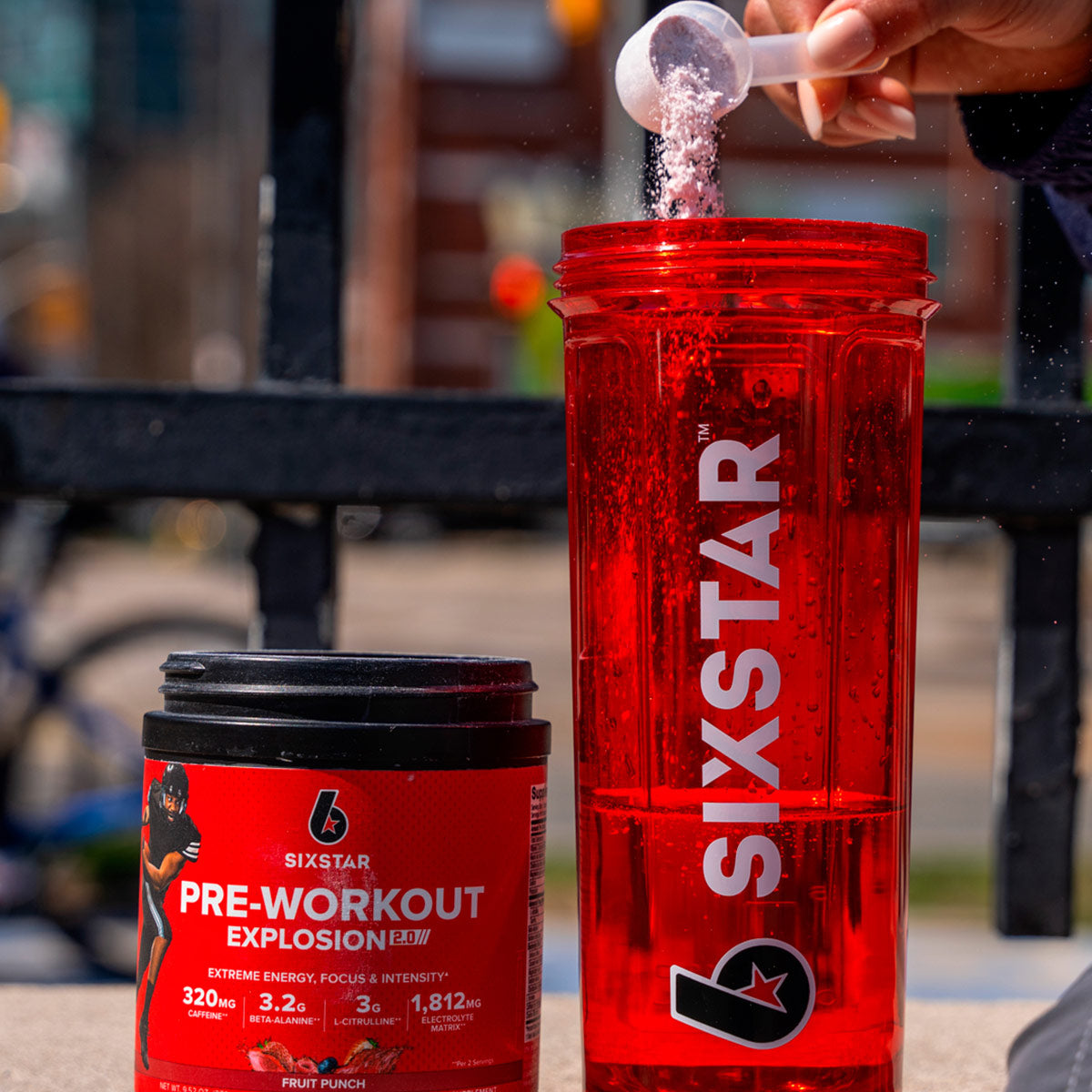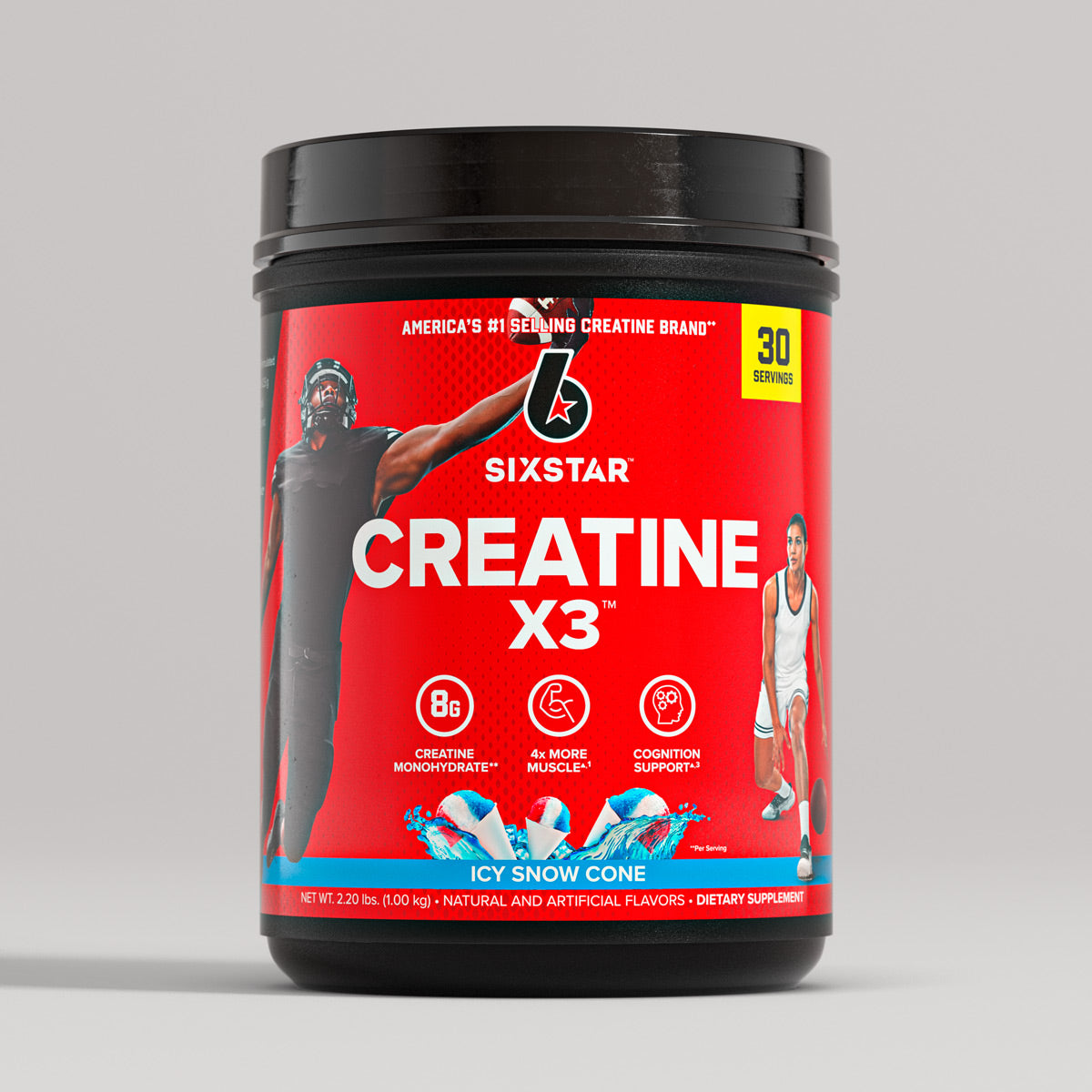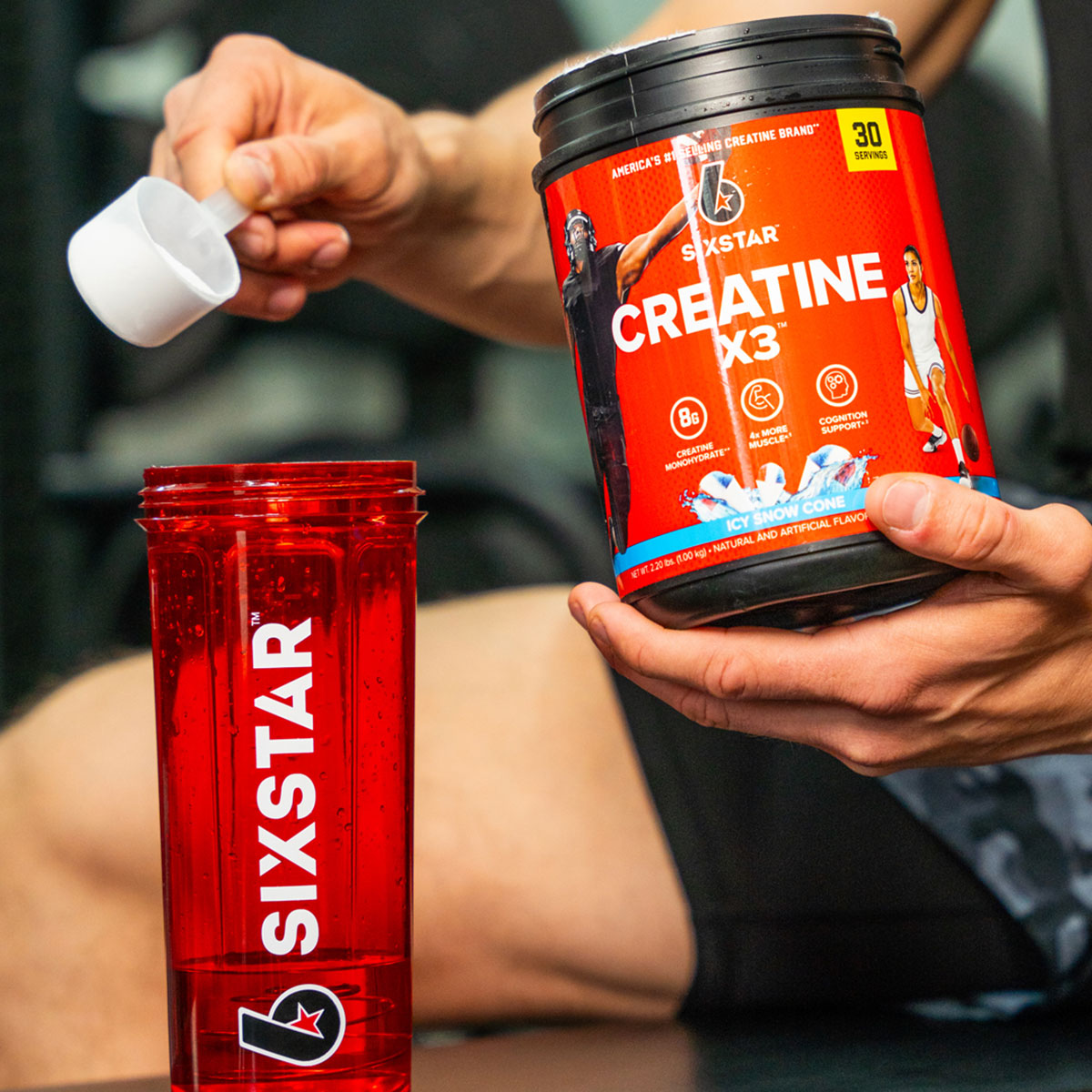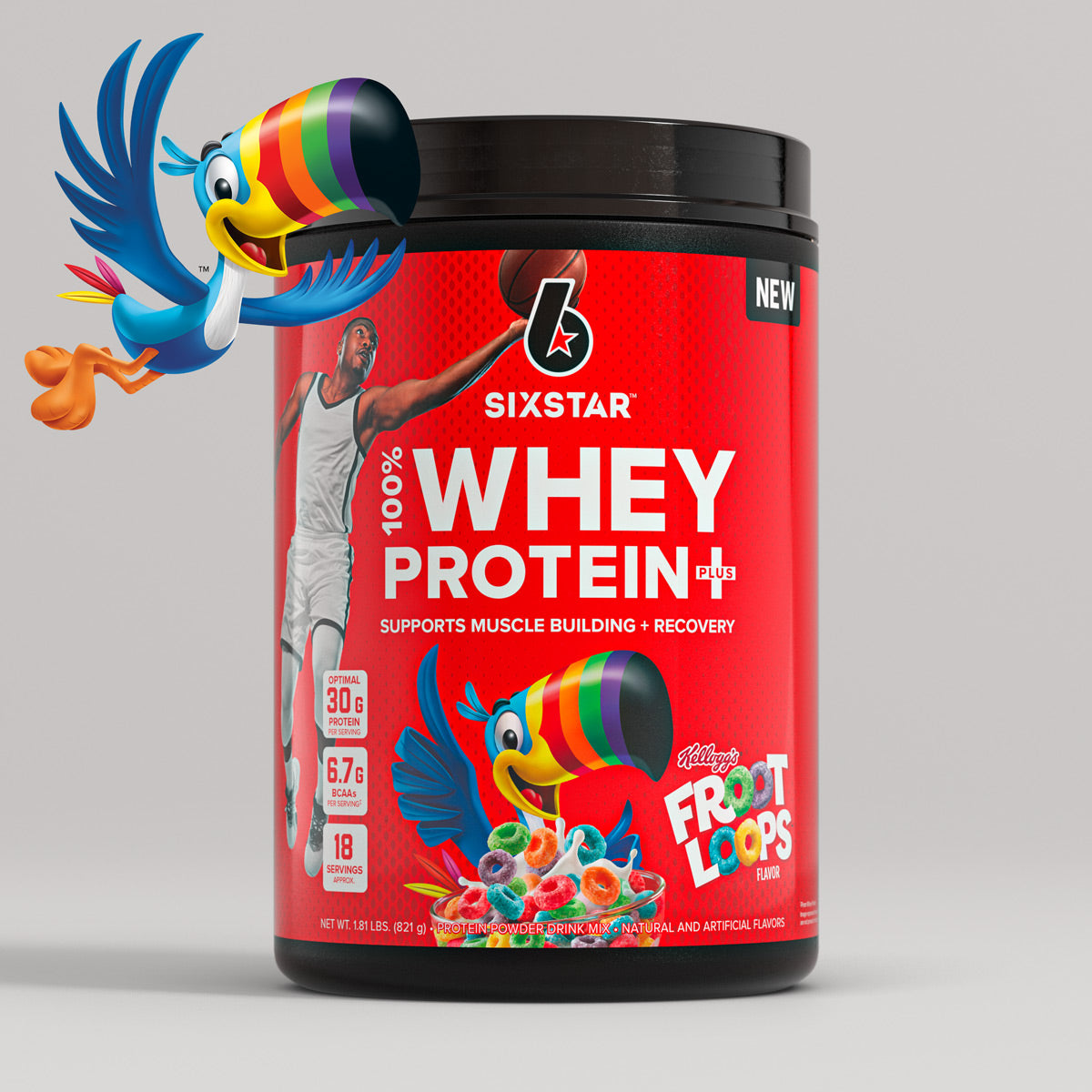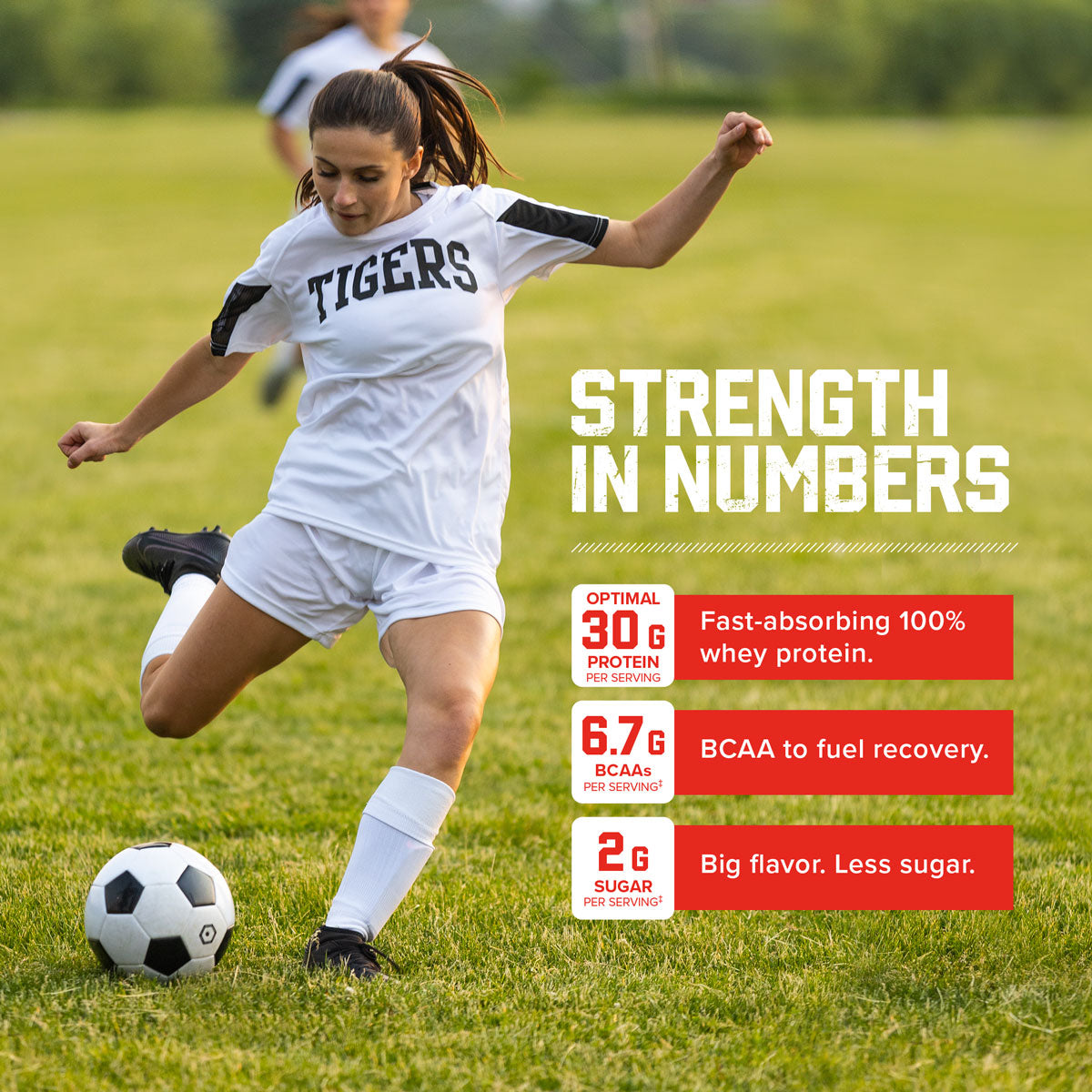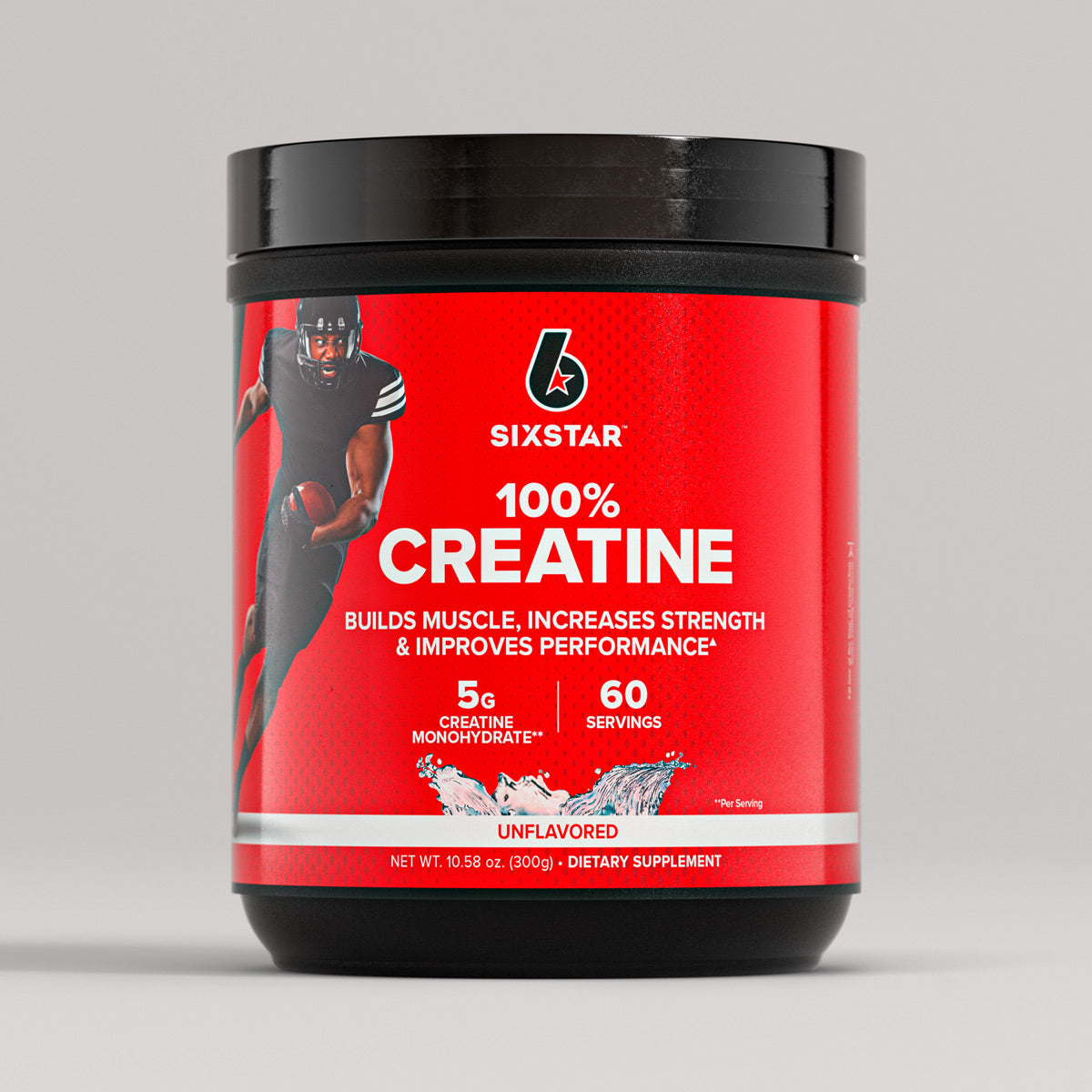Whether you’re an experienced lifter who wants to build endurance, an athlete who wants to achieve greater strength, or just an average guy looking to be an all-star, these tips will boost your athleticism.
Do you want to up your game? Maybe you want to become more agile? Or want to find ways to boost your stamina? When it comes to energy, ability, strength, and athletic performance, what you eat, drink and do with your body is vital to improving your overall function.
Unfortunately, most programs fail miserably at helping you build a body that performs as well as it looks. Living under a barbell and only chasing maximum strength isn’t the answer. This will leave you unbalanced, beat-up, and sore.
So, what’s your solution?
Train like an athlete. Easier said than done! However, if you keep reading this blog, I will let you know 10 steps to become more athletic. Follow along!!
1. Value Relative Strength As much as Absolute Strength
Relative strength is very important in sports. This is strength in relation to your body weight. A high strength to body weight ratio is usually a formula for a fast athlete.(1)
There is a saying that the legs feed the wolf. With regards to athletic performance, your lower body is your base. Your legs both produce and absorb forces in sport.
Unless you are an arm wrestler, it is paramount that you train your lower body. Strength training will also increase your durability in your particular sport. Your muscles, bones and tendons will get stronger, dramatically decreasing your risk of injury.
Integrate these two staples into your strength and conditioning program and you’re going to be a force to be reckoned with on the field, rink or court.
Also Read: How to train like an Athlete?
2. Improve Functional Mobility and Reinforce with Strength and Stability
“If you have goals of becoming an elite athlete, functional mobility is a pivotal aspect of high performance.” Whether stretching and rolling works is still under academic debate but one thing holds true; neither of these modalities are going to streamline translatable mobility like the pristine execution of accentuated loaded eccentrics to your training schedule.
Increasing the time under tension during the eccentric phases of big compound movements while moving into the last 10% of the available range of motion will strategically micro-tear facial layers and muscle tissue, while also retraining neural receptors to adapt to extended ranges of motion under load.
In other words, you’ll build strength, stability, and flexibility all in one.(2)
Give it a shot and remember, this method can be used for nearly any movement pattern or muscle group. The key is in the execution– own your movement, challenge your body and reap the benefits of Olympian level mobility.
3. Jump Rope to Improve Coordination
If you don’t want to be the guy tripping over his own feet dancing at a wedding, you need to improve athleticism that requires coordination not just brute strength.(3)
Take heed of athletic greats like Muhammad Ali, Walter Payton, and Floyd Mayweather and make the jump rope a staple in your training. You’ll build great conditioning, shed fat and improve your athleticism.
The key is to start slow and build your skill by using the jump rope for 100 skips in your warm-up. Soon, you’ll be skippin’ rope-like Rocky Balboa.
Also Read: Does Pre-Workout Help You Lose Weight?
4. Incorporate Basic Movement Patterns Like Skipping
By integrating skipping into your warm-ups, you’ll begin rebuilding sprinting mechanics and coordination without the risk of injury.
It’s a nice way to “extend” your warm-up and introduce some form of athletic movement. Especially if your workouts have been walking to the water cooler between sets of curls and bench presses.
5. Lose Body Fat
A leaner you can probably move faster than a “fluffier” you. Many athletes have claimed that they feel “lighter” and faster after dropping some pounds. This will of course depend on the sport you play and your position.
For some sports and positions, being heavier is important and necessary. This is no excuse to let yourself go though, as you will benefit more from lean mass than simply carrying more total mass or fat. If you fit into a particular weight class, if may be important to keep your weight up as well.
On the flip side, if you’re a weight class athlete, and you generally weigh near the bottom of your weight class, you might want to think about going to the class below (if it can be done safely with enough time between competitions).
This may allow you to be larger than most of the opponents you face in your class, giving you an advantage.
Of course, getting lean will help to a point. If your weight is going down, but you are also losing an appreciable amount of muscle mass you may want to re-evaluate what you are doing. Muscle is what moves weight, not fat, and it is often very important to maintain as much muscle as you can as an athlete.
Also Read: Strength Training for Athletes [The Busy Student Guide]
6. Train with Full Range of Motion
Most lifts take place solely in the sagittal plane, yet sports are chaotic and take place with frontal, sagittal, and transverse plane movements. In other words, most training doesn’t match what you do on the playing field or in life.
If you have ever watched slow motion replays in any sports, or even played a sport, you will know that you can get caught in some pretty awkward positions. Having not only the strength, but flexibility to handle these awkward positions will help to lower your chance of injury.(4)
Life takes place by moving 360 degrees, not in a squat rack. You need to get out and move in multiple directions with different movements to maximize the real-world carryover of your training.
Training your muscles in a full range of motion allows your muscles to be strong within their full range rather than just a few degrees.
While you must master basic exercise first, incorporating movements that require greater stabilization throughout the entire body will undoubtedly improve a variety of qualities that contribute to athleticism.
7. Build Up Multi-level Strength
90% of people will never have the issue of being too strong to excel in sports. As a result, improving strength and training with a variety of rep ranges sets your infrastructure for speed, stability, power, and of course, building an aesthetically pleasing physique.
It’s imperative to note that you don’t need to train at 90, 95% of your one-rep-max, save that for the powerlifters.
Instead, hammer the 3-5 rep range with 80% 1-RM in the “big lifts” like squats, deadlifts, presses, cleans, rows and pull-ups. This is a weight you can handle for 6-10 reps. This way, you’ll still build strength without getting beat up, sore, and exhausted.
Also Read: How To Increase Your Vertical Jump?
8. Improve Rotational Strength and Power
Power is defined as the rate of force development
The scientific equation for power is P=F X V, where:
P= power
F= force
V= velocity or speed
From this equation, you can see that working on strength training (developing your ability to produce force), can help in increasing your power output. However, strength is only one part of what makes up power. You also need to be fast. Being powerful will allow you to be more explosive, letting you, run, cut, turn and jump with ease and more effectively.
This is why Olympic weightlifting is such an awesome and effective tool for producing power. It combines strength and speed to produce power. It’s no wonder why some of the most powerful athletes in the world are weightlifters and power athletes like football players and track and field throwers implement Olympic weightlifting as part of their programs.
Remember, a powerful athlete is both strong AND fast. Don’t get left in the dust.
Also Read: Benefits of Pull-Ups - All the Hidden Secrets Unveiled
9. Don’t Sacrifice Nutrition
Even though most of us aren’t looking to be a stage-ready bodybuilder anytime soon, improving body composition will also improve your athletic performance.
Seriously, body fat doesn’t produce force the way muscle does and will decrease relative strength by increasing body weight.
Instead of eating everything in sight thinking you’ll burn it all off during training or competition, focus on your body composition with proper nutrition.
Here are some tips to help you:
Tip 1: Hydration
- One of the easiest ways to boost your athletic performance and energy levels is proper hydration. We know it might sound like a bit of an over-exhausted tip, but what water and electrolytes do for your performance is incredible.
- Staying properly hydrated maximizes your circulation, helps with joint movement, helps to regulate body temperature, and fights the effects of dehydration! Your body loses water through sweat as you exercise, so keeping your hydration levels steady is vital for functionality and focus.
- Staying properly hydrated means more than just drinking water. It’s also about maintaining your electrolyte levels. By drinking water, you can maintain your electrolyte levels to keep them balanced to avoid dehydration and fatigue.
Also Read: How to Get Better at American Football?
Tip 2: Supplements
- Taking the right supplements to aid with recovery, mood, energy, and strength can be highly beneficial in pushing your body in the right direction for athletic exercise.
- B vitamins are good for aiding metabolism, while calcium and vitamin D are good for maintaining muscle mass and reducing the risk of physical injury.
- Creatine is incredible for helping to improve strength and muscle mass. Make sure to talk to your health professional before taking any supplements to make sure you’re making the right decision.
Tip 3: Look after your mental health
- Managing stress, anxiety, and depression can be challenging. And the truth is, nobody is immune from experiencing psychological distress.
- Conditions such as anxiety, depression, stress, and PTSD can affect your sleep, focus, stability, and energy levels. Helping athletes to develop a range of skills to manage or prevent mental health conditions can help with performance excellence.
10. Start Sprinting
Sprinting before lifting is ideal for improving performance because it fires up your nervous system to improve heavy and explosive training.
This comes with a risk versus reward trade-off as sprinting done before training must be enough to spark the nervous system, yet low enough in volume and intensity to not fatigue the body and hinder lifting ability. By managing the fatigue your strength performance, conditioning and athleticism will skyrocket.
Perform sprints two days per week. Start with 5 sprints of 10-20 yards with 30-60 seconds of recovery and add one sprint per week, maxing out at 10 sprints. Always remember to warm up prior to your sprints or any near max effort exercise to help prevent injuries.
The Bottom Line
You must incorporate a range of strength and endurance exercises to become an all-around athlete. Your workout program should therefore contain functional exercises that target both strength and endurance.
To get the most out of your workouts, Six Star Pro also offers several nutrition products that will help you maximize your training performance.
References:
- Huang J, Zhong M, Wang J. Effects of Exercise-Based Interventions on Functional Movement Capability in Untrained Populations: A Systematic Review and Meta-Analysis. Int J Environ Res Public Health. 2022 Jul 30;19(15):9353. doi: 10.3390/ijerph19159353. PMID: 35954708; PMCID: PMC9368594.
- Alizadeh S, Daneshjoo A, Zahiri A, Anvar SH, Goudini R, Hicks JP, Konrad A, Behm DG. Resistance Training Induces Improvements in Range of Motion: A Systematic Review and Meta-Analysis. Sports Med. 2023 Mar;53(3):707-722. doi: 10.1007/s40279-022-01804-x. Epub 2023 Jan 9. PMID: 36622555; PMCID: PMC9935664.
- Shi Z, Xuan S, Deng Y, Zhang X, Chen L, Xu B, Lin B. The effect of rope jumping training on the dynamic balance ability and hitting stability among adolescent tennis players. Sci Rep. 2023 Mar 23;13(1):4725. doi: 10.1038/s41598-023-31817-z. PMID: 36959249; PMCID: PMC10036319.
- Schoenfeld BJ, Grgic J. Effects of range of motion on muscle development during resistance training interventions: A systematic review. SAGE Open Med. 2020 Jan 21;8:2050312120901559. doi: 10.1177/2050312120901559. PMID: 32030125; PMCID: PMC6977096.

